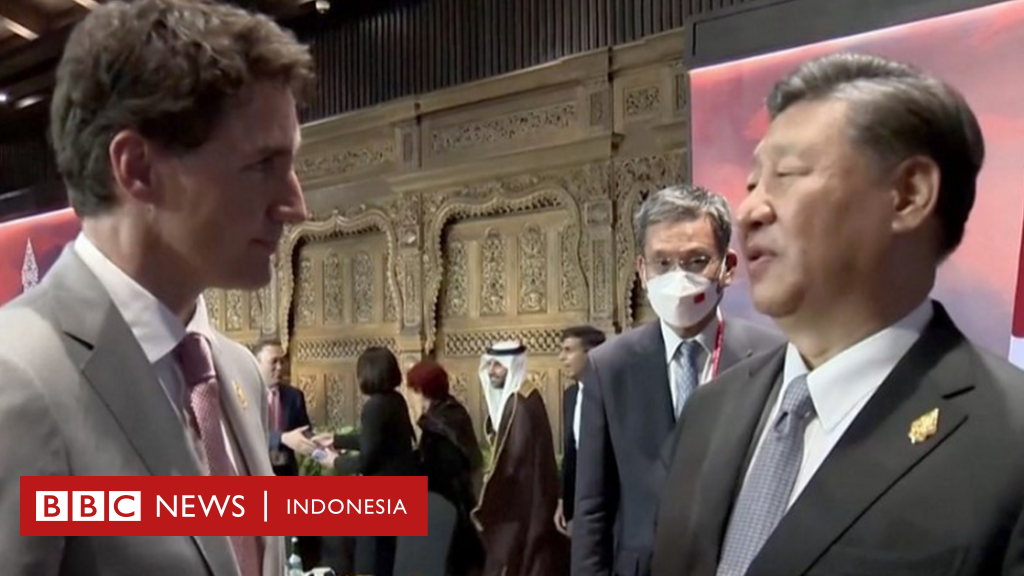JERNIH.ID, Jambi – Romi Hariyanto officially received the Ramsar Award from the Ramsar Convention held this year in Geneva, Switzerland. At this year’s 14th conference, the regent of East Tanjung Jabung received the Wetland City Accreditation Award. He was invited to receive the prestigious award along with 24 other regional chefs from various countries. Receiving the Ramsar Award makes Romi Hariyanto the first regent in Indonesia to receive the Wetland City Accreditation Award.
The 14th Ramsar Conference was held this year in two locations, namely Wuhan, China and Geneva, Switzerland. The event will take place from 5 to 13 November 2022. The 14th Ramsar Conference brought together more than 1,000 delegates from signatories and international organizations.
Romi is considered to have succeeded in integrating conservation management and wetland sustainability with the sustainable development he leads in pursuit of the well-being of the community he leads. Referring to the letter from the Ministry of Environment and Forestry (KLHK) of the Republic of Indonesia, this WCA accreditation is the first for Indonesia.
“Hopefully this accreditation award can encourage other regions in Indonesia to make the same effort,” said Bambang Hendroyono, Acting Director General of Natural Resources and Ecosystem Conservation at the Ministry of Environment and Humanities. Forests in his letter.
Regent Romi has been in Geneva since November 4, 2022 with the Indonesian delegation. With him was also the representative of the mayor of Surabaya who received a similar award.
As known, for the integration of wetland conservation and sustainability management with ongoing regional development, the East Tanjung Jabung Regency Government is committed to preserving wetlands which are the ecosystem of a number of animals. The Regency Government issues regulations ranging from Regency Regulations to Regional Regulations.
The Tanjabtim Spatial Plan Document (RTRW) contains a guarantee for the sustainability of the 450 hectare Cemara Beach. This area is a stopover for birds migrating from Siberia to Australia in the range from September to December. Then the East Coast Mangrove Forest Reserve of 4,126.6 hectares and the Sungaibuluh Peat Protection Forest covering an area of 23,748 hectares.
Moreover, this WCA is also the result of the role of the Tanjabtim Regency Government in supporting the existence of Berbak National Park (TNB), which was included in the Ramsar Site from the outset. More recently, the Regency Government has also established a Regional Sustainable Food Farming Regulation (LP2B) as a strict safeguard to limit land conversion.
On environmental issues, Romi has a strong commitment. It still maintains the beauty of the original forest in the district government office environment. In this area, it is also forbidden to hunt birds. There are penalties for violators. The district government is also constructing an urban forest not far from the office complex.
The Ramsar Convention in brief
The Ramsar Convention is an international treaty for the conservation and sustainable use of wetlands. The Ramsar Convention was drafted and approved by participating countries in Ramsar, Iran on February 2, 1971 and entered into force on December 21, 1975. The official name of this convention is the Convention on Wetlands of International Importance , especially as habitat for waterfowl.
Members of this agreement come from countries around the world that have wetlands in their country. Wetlands are spread over more than 1,800 sites worldwide with an area of approximately 1.8 million km2. The Ramsar Convention was ratified by the Indonesian government in 1991 through Presidential Decree No. 48 in 1991.
Initially, the Ramsar Convention focused only on waterbirds and migratory birds. Over time, it was finally decided that wetland conservation was very important. As is known, the main habitats of waterfowl and immigrant birds are beaches, mangrove forests, swamps and river estuaries.
The Ramsar Convention is not necessarily self-contained. The Ramsar Convention is endorsed by IUCN or the International Union for Conservation of Nature and Natural Resources and has now been renamed the World Conservation Union. Every February 2, or the day the Ramsar Convention is signed, is also celebrated as World Wetlands Day or World Wetlands Day.
The original text of the Ramsar Convention (12 articles) has been amended twice. The first was carried out under the Paris Protocol in 1982 and the second in 1987 in Regina. The Paris Protocol was adopted at the Extraordinary Conference of the Contracting Parties (COP) which was subsequently held at UNESCO Headquarters in Paris on December 3, 1982.
From the Paris Protocol, the results come in the form of procedures for amending the convention and ratifying the text of the convention in several languages, namely English, French, Arabic, Russian, German and Spanish. Whereas the amendments made in Regina were made at the 1987 special meeting in Canada.

“Bacon aficionado. Hardcore twitter enthusiast. Hipster-friendly pop culture expert. Student. Certified beer buff.”






